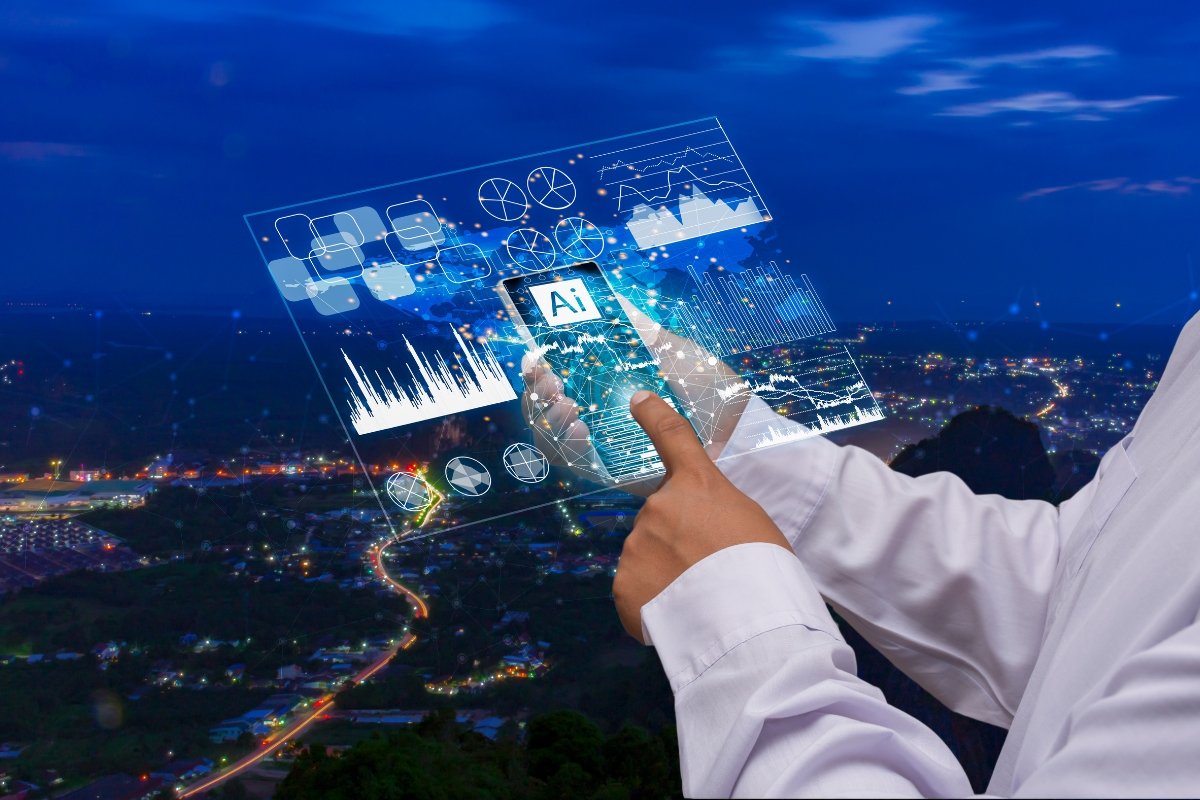Discover how the new electric Boston Dynamics Atlas robot is redefining humanoid robotics. Real-world uses, expert insights, and what it means for your future.
Table of Contents
The Next Evolution in Robotics
If you have seen robots dancing or flipping in viral videos, you have probably already watched a Boston Dynamics Atlas robot in action. But their newest model? It’s a whole different beast. And by beast, I don’t mean scary (okay, maybe just a little intimidating).
This new generation is sleeker, faster, fully electric, and strangely humanlike in how it moves. As someone who geeks out on tech, I was blown away when I saw it casually flipping, dancing, and even picking itself up with ease. Yeah just like a real person.
What Makes This Atlas Robot Different?
The new Atlas robot is a complete rework from the ground up. Boston Dynamics ditched the hydraulic design in favor of an electric-powered humanoid robot, making it lighter, quieter, and smoother in motion. If you have ever watched an athlete land a perfect backflip, you will get a similar feeling watching this robot nail parkour.
Key Upgrades:
- 360° limb rotation for greater agility
- Energy-efficient electric drive system
- AI-driven real-time adaptability
- More compact and humanlike form factor
Unlike older versions, this Atlas can run, jump, pick up objects, and even get up off the ground just like a real person. No cords. No clunky hoses. Just smooth, fluid movement powered by NVIDIA’s Jetson Thor platform.
Why Did Boston Dynamics Go Electric?
You might be wondering why the switch from hydraulics to electric? Simple answer efficiency, noise reduction, and better integration with AI.
Electric systems allow for:
- Finer control during complex tasks
- Lower maintenance
- Safer interaction with humans
- More real-world applications, especially in tight spaces like warehouses and rescue missions
With backing from NVIDIA and deep learning tools like Isaac Sim and Isaac Lab, Atlas can now think, plan, and react in real-time using synthetic training environments.
Read More Discover Gemini AI Robots at Google I/O | A Groundbreaking AI Showcase in 2025
Real-World Use Cases You Should Know About
Robots like the Atlas are not just for show they are designed to assist in disaster recovery, logistics, manufacturing, and more.
Top Use Cases:
- Search and rescue during earthquakes or wildfires
- Warehouse automation (think loading heavy parts at a Hyundai factory)
- Exploring unsafe environments humans can’t enter
- Supporting elderly care in the future (still in early research)
In fact, during the California wildfires and Florida hurricanes, bots like this could have helped save lives and minimize risk for first responders.
Is This a Step Toward Human Replacement?
Here’s where things get spicy. While some of you might think, “Whoa, this is the beginning of the end,” others are excited about the potential to reduce workplace injuries and support aging populations.
It’s not about replacing humans it’s about augmenting human capabilities. Think of Atlas as a next-gen tool, not a replacement.
Still, I get it. We have all seen sci-fi flicks where robots take over. But for now, Boston Dynamics is focusing on helping us, not replacing us.
Atlas vs. Tesla Optimus
While Tesla’s Optimus has been making headlines with E*lon Musk’s ambitious plans, it’s still playing catch-up in movement and agility. Boston Dynamics, on the other hand, has been perfecting humanlike motion since the early 2000s.
Side-by-Side Comparison:
| Feature | Boston Dynamics Atlas | Tesla Optimus |
|---|---|---|
| Movement Agility | Superior (Parkour-ready) | Basic (still improving) |
| AI Integration | NVIDIA Jetson Thor | Tesla’s in-house AI |
| Current Applications | Industrial, Rescue, R&D | Factory, Display |
FAQs
Q. What is the Boston Dynamics Atlas robot used for?
Ans. It’s designed for mobility research, rescue operations, warehouse logistics, and AI-driven human-robot collaboration.
Q. Is the Atlas robot for sale?
Ans. Not publicly. Boston Dynamics is currently testing and developing it for enterprise and government use.
Q. Can Atlas replace human workers?
Ans. Not exactly. It’s built to support humans, especially in risky or repetitive tasks.
Q. How much does the Atlas robot cost?
Ans. No official price is listed, but it’s estimated to be in the high six figures for enterprise use.
Conclusion
Here’s the deal the Boston Dynamics Atlas robot is not your average tech upgrade. it’s a massive leap toward the future. Whether you see it as an apocalyptic Skynet moment or a game-changing assistant depends on your perspective.
Me? I think we are entering a world where robots walk with us not instead of us.
So next time you see a robot backflip and land perfectly, just remember it’s here to help… for now.
💬 What do you think?
Drop your thoughts in the comments below. Are you pumped or panicked about robots like Atlas? Let’s chat.





Pingback: The Future of Robotics Roles | Exciting Paths in Surgical, Factory & Home Robots in 2025 - Pickn Reviews
Pingback: Beginner’s Guide to Industrial Robots in 2025 | Types, Applications, and Benefits - Pickn Reviews